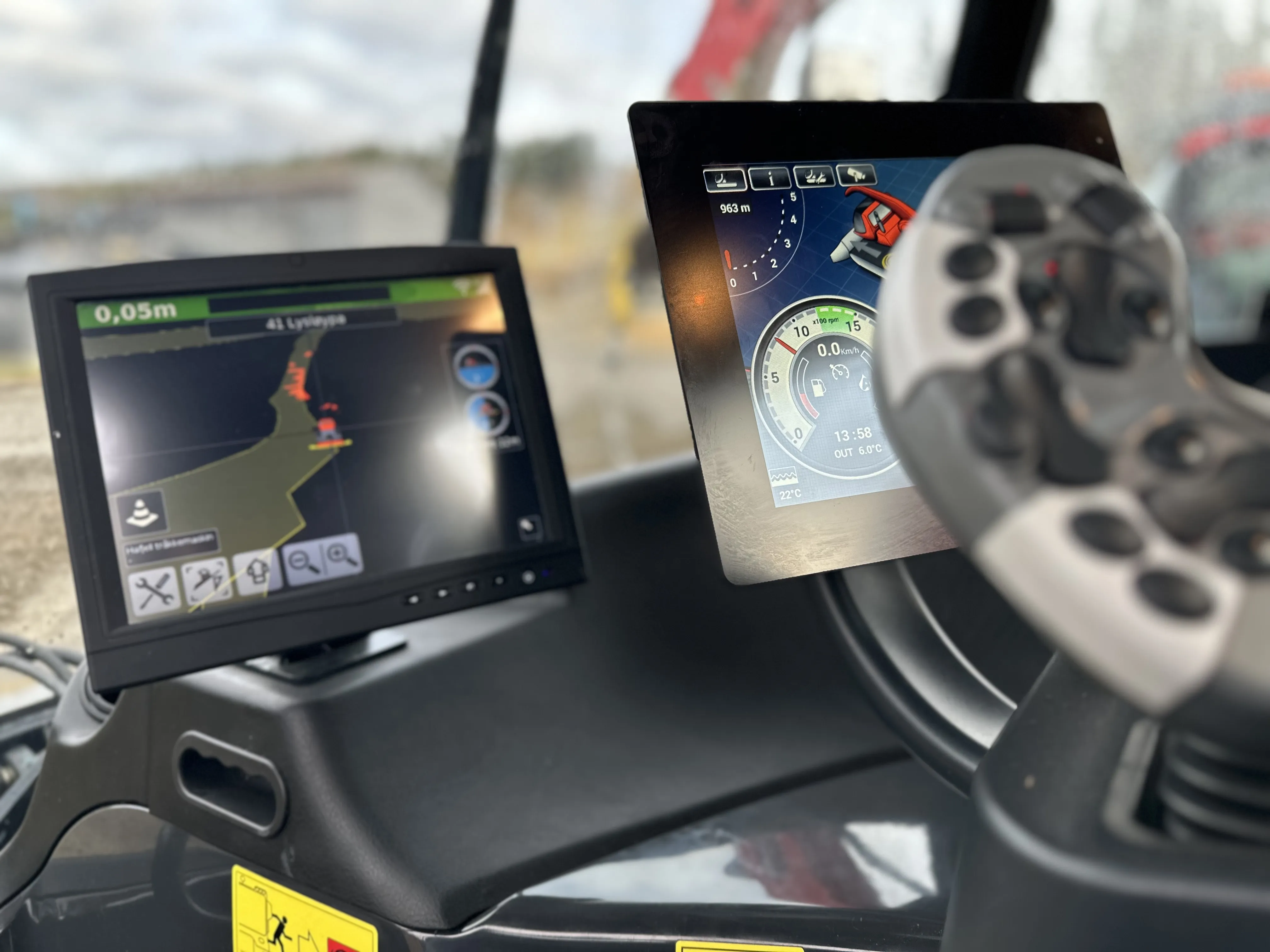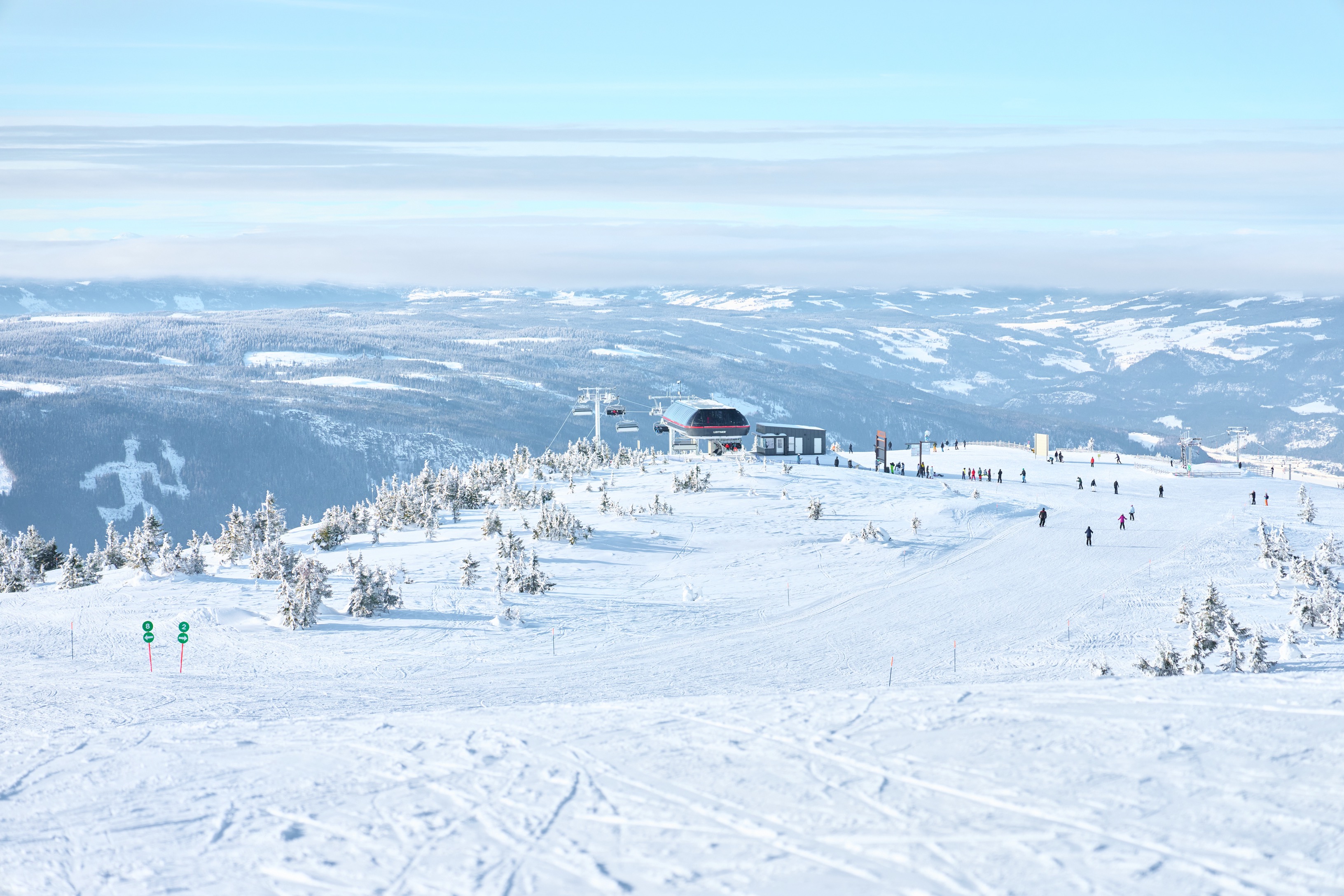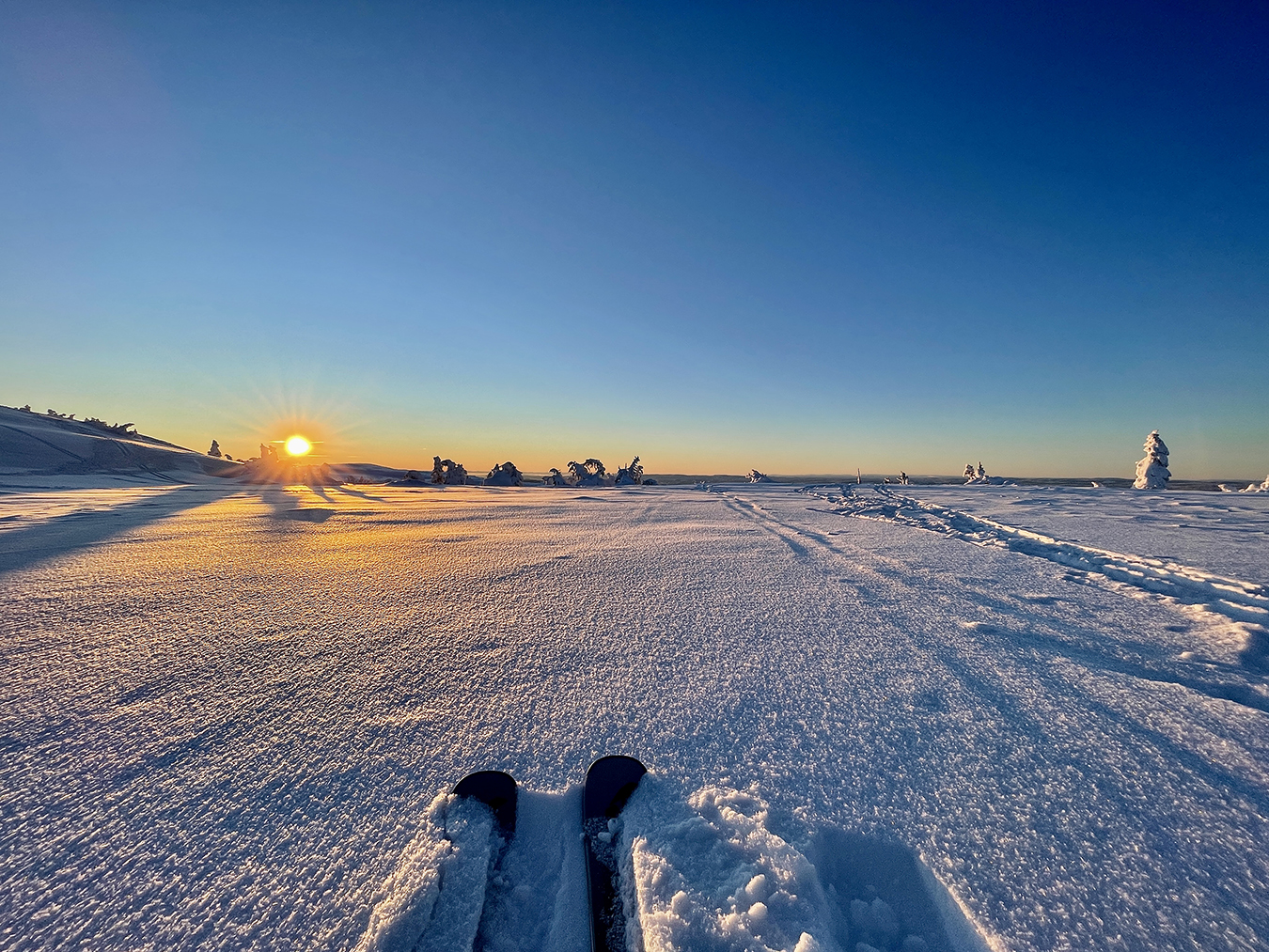Hi-tech snowflakes
HAFJELL/KVITFJELL, Utilizing fully automated snow systems, Hafjell and Kvitfjell ensure optimal and energy-efficient snow production in two of the country's premier ski destinations.
Not surprisingly, snow is the very definition of a good ski resort. Without snow – no guests. Ahead of a normal season, artificial snow is produced on all main slopes in both of the two ski destinations, Hafjelland Kvitfjell,, and the technological development has been rapid in recent years.
Technology
In the early stages, old technology with high energy consumption was used. Now, however, the snow systems in both of the two ski destinations are nearly fully automated. The snow facility covers up to 90% of all slopes.
- "When the facility is in operation, production is controlled from a central control system that monitors and manages pump stations, snow cannons, and valve chambers," says Managing Director of Alpinco, Odd Stensrud.
The employees working with snow production in the facilities have the ability to start and stop production from a smartphone without being physically present in the facility.
- "One can control and prioritize each individual cannon or slope based on desired criteria," he says.
Important parameters include temperature, wind, snow quality, humidity, and energy use.
- "Once everything is inputted, the system will automatically regulate the production and the snow quality will be optimal even with fluctuations in the weather," says Stensrud.
Teknologisk
I den spede begynnelsen var det brukt gammel teknologi som hadde et høyt energiforbruk. Nå er derimot snøsystemene i begge de to skidestinasjonene tilnærmet fullautomatisert. Snøanlegget dekker opp mot 90 % av alle løypene.
- Når anlegget er i drift styres produksjonen fra et sentralt styringssystem som overvåker og styrer pumpestasjoner, snøkanoner og ventilkummer, sier daglig leder i Alpinco, Odd Stensrud.
De ansatte som jobber med snøproduksjon i anleggene har mulighet til å starte og stoppe produksjonen fra en smarttelefon uten å være fysisk til stede i anlegget.
- Man kan styre og prioritere hver enkelt kanon eller løype ut ifra ønskede kriterier, sier han.
Viktige parametere er for eksempel temperatur, vind, snøkvalitet, luftfuktighet og energibruk.
- Når alt er lagt inn vil systemet automatisk regulere produksjonen og snøkvaliteten blir optimal selv med svingninger i været, sier Stensrud.

Quickly and efficiently
The emphasis on energy usage is a crucial aspect. By transitioning to fully automated snow systems, the energy usage on some cannons has been slashed by an impressive 70-80%. Not to mention, this form of production also leads to a reduction in manpower. It essentially accelerates processes and enhances efficiency.
Numerous factors contribute to the ability to produce snow, with water being a fundamental component. Typically, water is pumped from sources that are either connected to or nearby the facility. In both Hafjell and Kvitfjell, the primary water extraction sources are situated high up in the mountains, minimizing electricity consumption since there's no need to pump the water uphill.
- "A significant portion of Hafjell's snow facility operates on self-pressure as the water is channeled from the top of the facility," he elucidates.
Avoid overproduction
Så fort vannet er i pumpene kommer snøen ut av kanonene, men deretter kommer jobben med å ha kontroll på hvor mye som faktisk produseres. I både Hafjell og Kvitfjell er det investert i utstyr for å kunne måle akkurat det. Dette er utstyr som er montert i maskinene og som til enhver tid har kontroll på snødybden i anlegget.
- Dette gjør at vi kan ha riktig snøsåle gjennom sesongen, kunstsnømengden reduseres vesentlig og selve prepareringen av løypene blir mer effektiv og forutsigbar, sier han.
Mange har sikkert lagt merke til at det på vårparten ofte ligger igjen store mengder kunstsnø i de bratte hengene. Ved å aktivt måle snødybden gjennom hele sesongen unngår man nettopp dette og man utnytter snøen bedre.
- Da får man gode snøforhold i bakken helt inn mot sesongslutt, sier Stensrud.
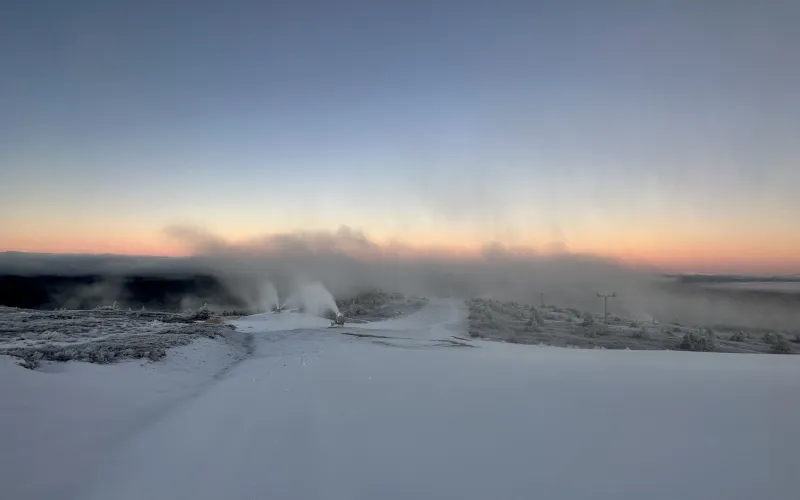
Halved consumption
In recent years, significant expansions have been made to the snow facilities in both locations, with far more artificial snow being produced due to the growth of the destinations with additional slopes and lifts. However, thanks to new technology, the energy usage is reduced more than what the amount of artificial snow might suggest.
- "The energy usage per cubic meter of produced snow has more than halved if we compare it to the consumption just 6-8 years ago," Stensrud explains.
In line with the sustainability strategy of Alpinco, which owns both ski destinations, the goal is to cut emissions by 50% by 2030. In slopes that require a lot of snow due to the terrain, the company has already reduced the amount of artificial snow by a whopping 30% - and a corresponding reduction in energy usage.
- "Reducing energy consumption as much as possible is a prioritized goal. It's entirely achievable by investing in this type of technology and, of course, skilled employees," Stensrud states.
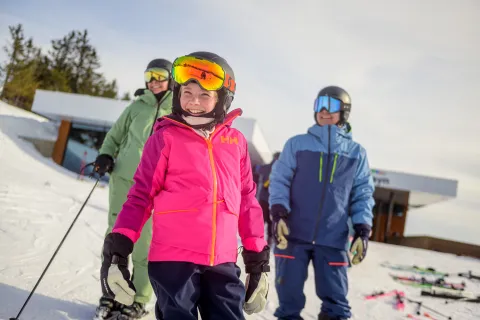
Did you catch these stories?
There's a lot happening in our destinations, Hafjell and Kvitfjell, in addition to Hafjell Bike Park. Many have questions about how snow production works, who operates our various restaurants, and of course, the status of several of our construction projects in the mountains.
Below you'll find a selection of our latest articles from the resort.

